When it comes to building strong, balanced legs, the leg press and hack squat machines are staples in many fitness routines. Both are excellent tools for developing lower body strength, but they each target muscles differently. Understanding which muscles each machine primarily works can help you optimize your workouts, prevent imbalances, and achieve your fitness goals more effectively. In this blog post, we'll delve into the specific muscle groups engaged by the leg press and hack squat machines, highlighting their unique benefits and how to incorporate them into your training regimen.
Leg Press and Hack Squat Machines
Before diving into the muscle activation specifics, it's essential to understand what each machine does:
-
Leg Press Machine: This machine allows you to push weight away from your body using your legs while seated. It's a controlled movement that emphasizes pushing strength and can be adjusted for various foot positions to target different muscle groups.
-
Hack Squat Machine: This machine simulates the squat movement but provides additional support by stabilizing your back and shoulders. It's performed in a standing or semi-standing position, focusing on both pushing and stabilizing muscles.
Both machines are valuable for developing lower body strength, but their differing mechanics result in distinct muscle activation patterns.
Primary Muscles Worked by the Leg Press Machine
The leg press machine is renowned for its ability to target multiple lower body muscles simultaneously. Here's a breakdown of the primary muscles engaged:
1. Quadriceps (Quads)
- Function: Responsible for knee extension.
- Activation: The quads are the primary movers during the leg press. Different foot placements (narrow vs. wide) can emphasize various parts of the quadriceps.
2. Gluteus Maximus (Glutes)
- Function: Facilitates hip extension.
- Activation: The glutes are heavily involved, especially when you press through your heels. Adjusting foot placement can increase glute engagement.
3. Hamstrings
- Function: Assist in knee flexion and hip extension.
- Activation: While not the primary focus, the hamstrings stabilize the movement and assist in the press.
4. Calves (Gastrocnemius and Soleus)
- Function: Enable plantar flexion of the ankle.
- Activation: The calves are engaged to stabilize the lower leg during the press, particularly when performing a full range of motion.
5. Adductors and Abductors
- Function: Control the movement of the legs towards and away from the body's midline.
- Activation: These muscles work to stabilize your legs during the pressing motion, especially with varying foot positions.
Primary Muscles Worked by the Hack Squat Machine
The hack squat machine mimics the squat's movement pattern but with added support, leading to a different emphasis on muscle groups:
1. Quadriceps (Quads)
- Function: Primary role in knee extension.
- Activation: Similar to the leg press, but with more focus on the lower quads due to the squat-like movement.
2. Gluteus Maximus (Glutes)
- Function: Crucial for hip extension.
- Activation: The glutes are engaged throughout the movement, especially when descending into the squat position.
3. Hamstrings
- Function: Assist in knee flexion and hip extension.
- Activation: Greater involvement than in the leg press, as they help stabilize and control the squat movement.
4. Erector Spinae (Lower Back)
- Function: Maintain spinal alignment and posture.
- Activation: The lower back muscles are engaged to stabilize the torso during the squat motion, even with the machine providing support.
5. Calves (Gastrocnemius and Soleus)
- Function: Support ankle stability.
- Activation: The calves assist in maintaining balance and stability throughout the squat.
6. Core Muscles (Abdominals and Obliques)
- Function: Stabilize the torso.
- Activation: Engaged to maintain an upright posture and balance during the movement.
Comparative Muscle Activation: Leg Press vs. Hack Squat
While both machines target the lower body, the hack squat often engages more stabilizing muscles due to the nature of the squat movement. Here's a side-by-side comparison:
| Muscle Group | Leg Press | Hack Squat |
|---|---|---|
| Quadriceps | Primary focus, especially with various foot placements | Primary focus, with increased lower quad engagement |
| Glutes | Significant, especially with heel emphasis | Significant throughout the movement |
| Hamstrings | Assistive role, stabilizing | More engaged in stabilization and control |
| Calves | Stabilize the movement | Assist in balance and stability |
| Adductors/Abductors | Stabilizing role | Less emphasis |
| Lower Back | Minimal engagement | Greater engagement for torso stabilization |
| Core Muscles | Minimal to moderate | Increased engagement for balance and posture |
Maximizing Muscle Activation with Each Machine
To fully leverage the benefits of each machine, consider the following tips:
Leg Press Machine Tips
- Foot Placement: Adjusting your feet higher on the platform emphasizes the glutes and hamstrings, while a lower placement targets the quadriceps more intensely.
- Range of Motion: Ensure a full range of motion by lowering the platform until your knees are at a 90-degree angle and then pressing back to the starting position.
- Tempo: Controlling the speed of your reps can increase muscle tension and activation.
Hack Squat Machine Tips
- Stance Width: A wider stance can engage the glutes and inner thighs more, while a narrower stance emphasizes the quadriceps.
- Depth: Squat deep enough to engage the glutes and hamstrings without compromising form or risking injury.
- Posture: Keep your back firmly against the pad to maximize lower back and core engagement.
Integrating Both Machines into Your Workout
Incorporating both the leg press and hack squat machines into your routine can provide comprehensive lower body development. Here's how you can structure your workouts:
Example Lower Body Workout
-
Warm-Up
- 5-10 minutes of light cardio
- Dynamic stretching focusing on the lower body
-
Leg Press
- 4 sets of 8-12 reps
- Focus on controlled movements and full range of motion
-
Hack Squat
- 4 sets of 8-12 reps
- Maintain proper form and engage your core
-
Supplementary Exercises
- Lunges: 3 sets of 10 reps per leg
- Leg Curls: 3 sets of 12 reps (for hamstrings)
- Calf Raises: 3 sets of 15 reps
-
Cool-Down
- Static stretching targeting the legs and lower back
Conclusion
Both the leg press and hack squat machines are invaluable tools for building lower body strength and muscle mass. By understanding which muscles each machine primarily targets, you can tailor your workouts to meet your specific fitness goals, whether that's increasing quad size, enhancing glute strength, or improving overall leg balance. Incorporating both machines into your routine, along with proper technique and progressive overload, will ensure comprehensive development and help you achieve a balanced, powerful lower body.
Remember, while machines are excellent for targeting specific muscles, complementing them with free weights and functional exercises can lead to even greater strength gains and overall athletic performance. Always prioritize proper form and listen to your body to prevent injuries and maximize your workout effectiveness.
Happy training!

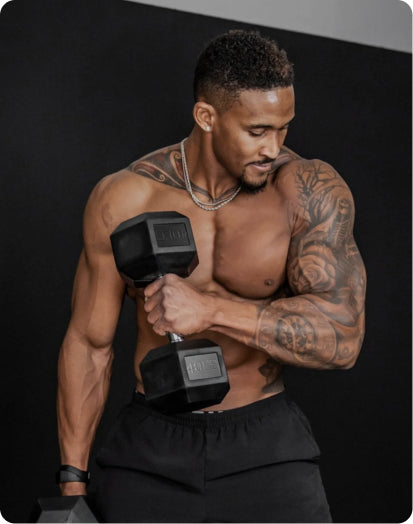
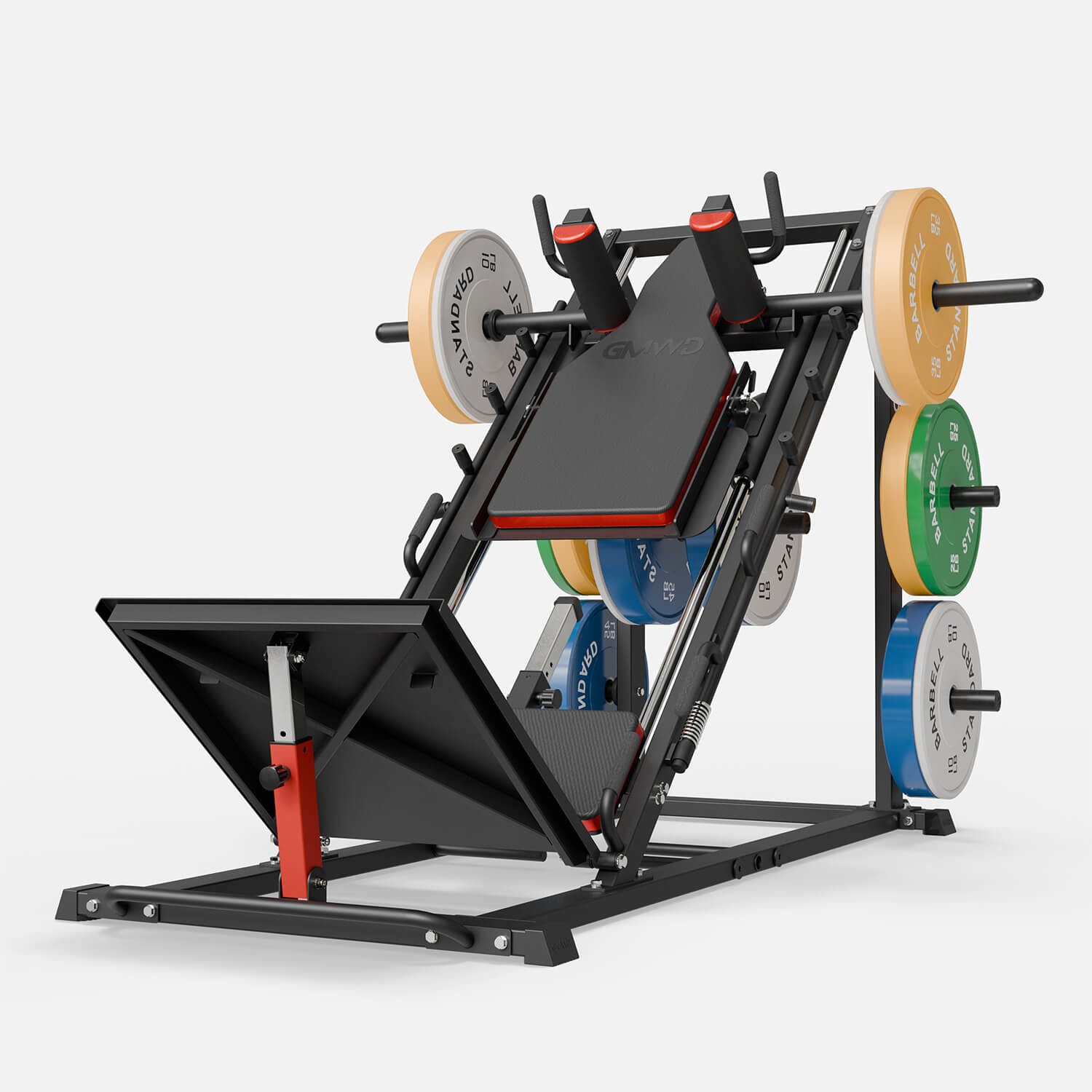
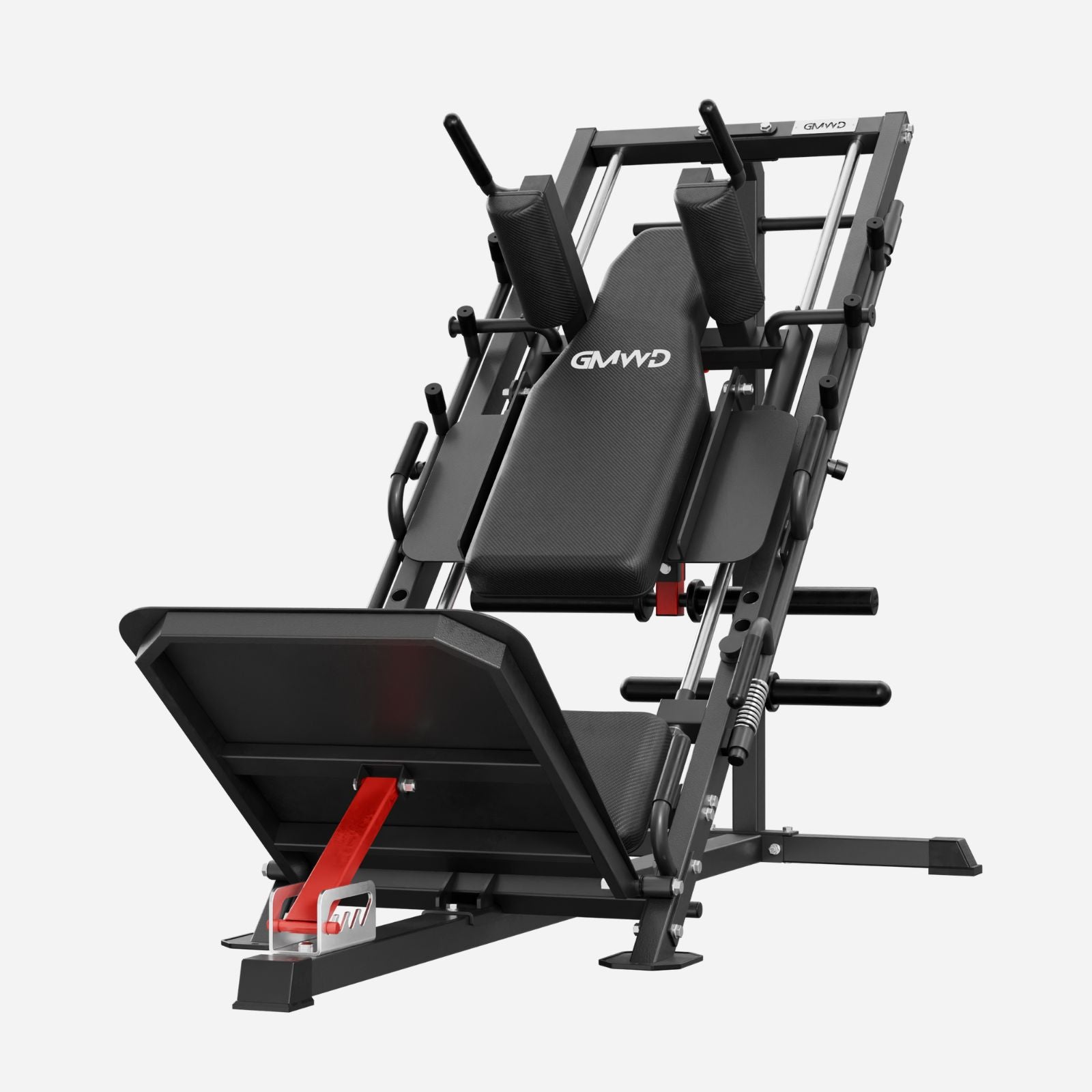

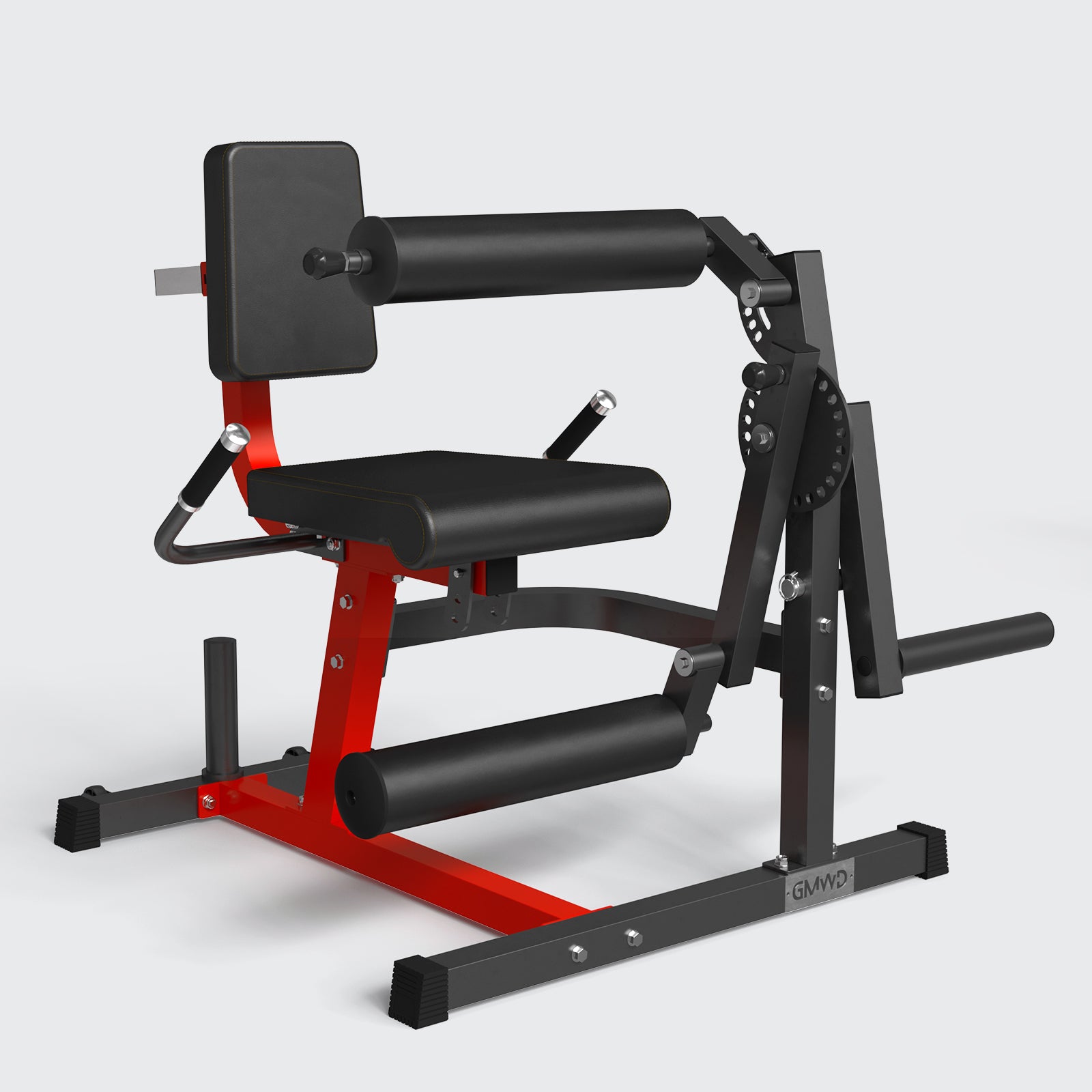
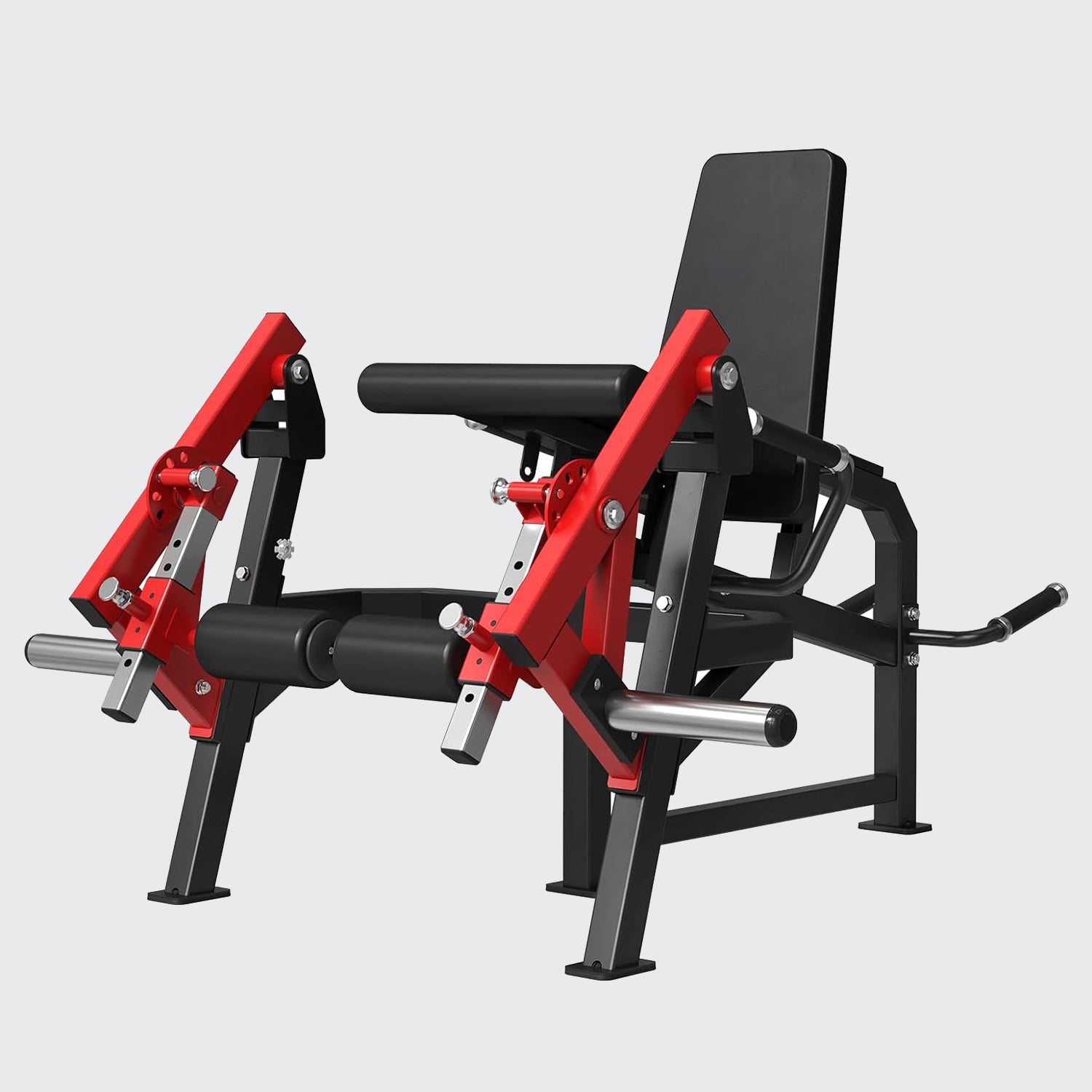
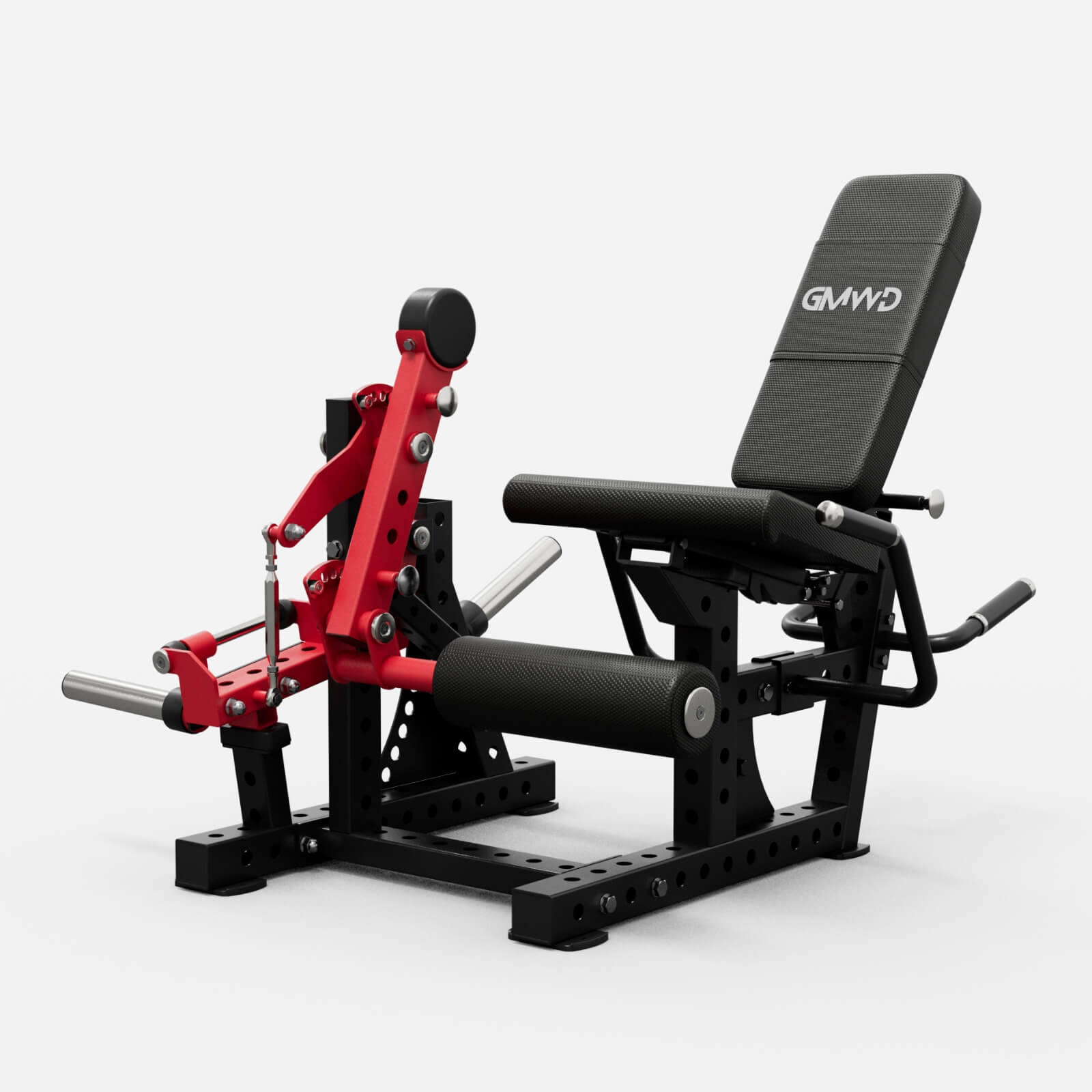
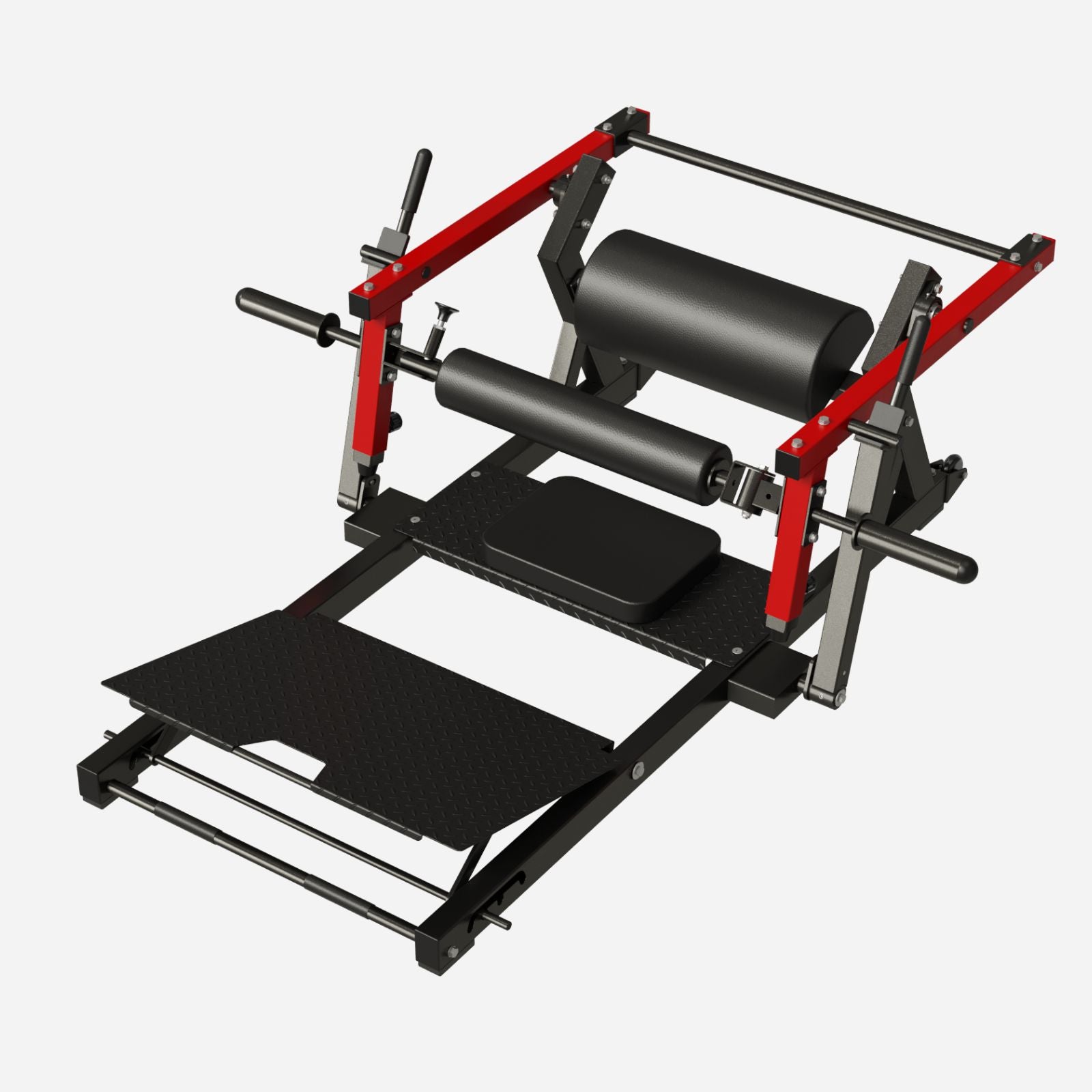

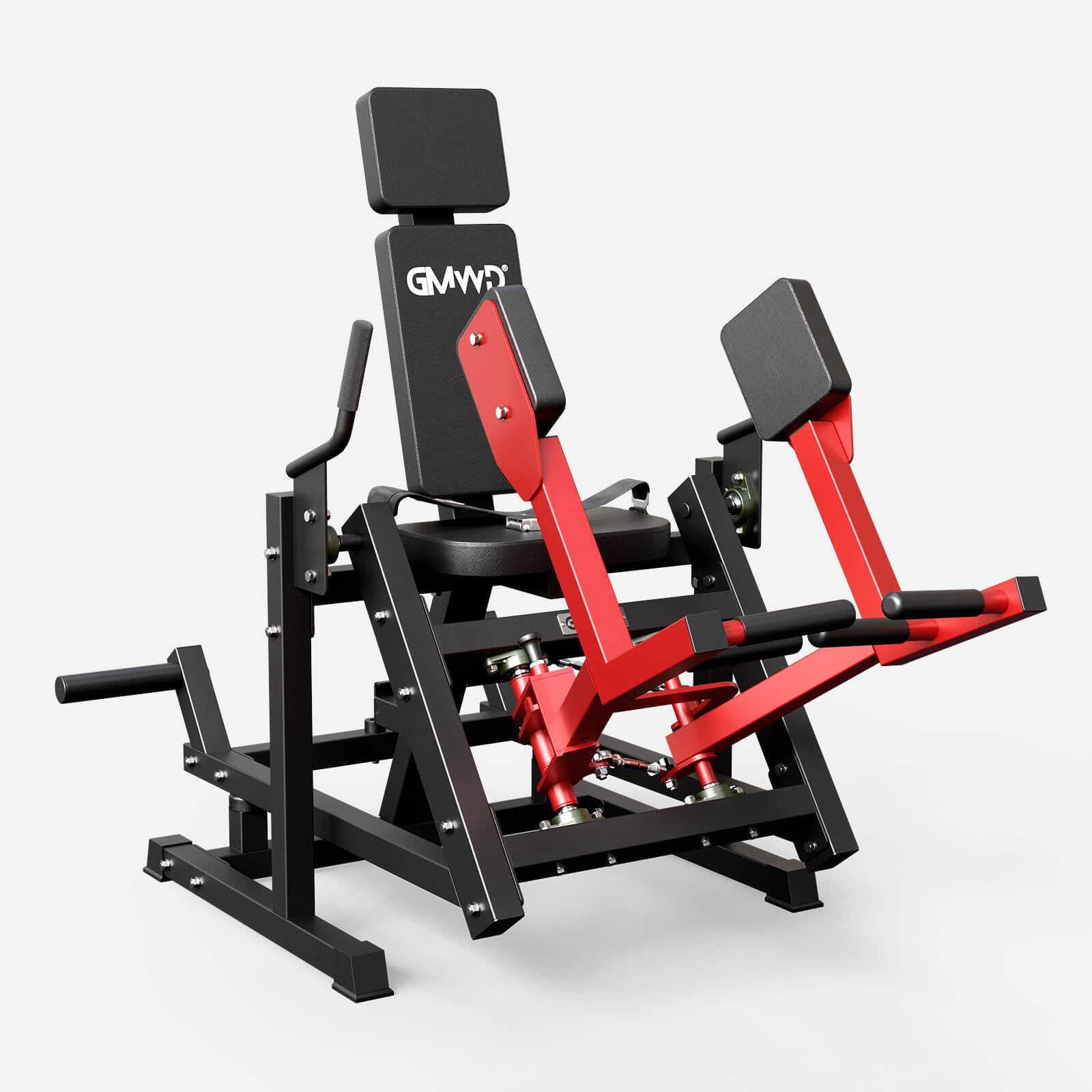
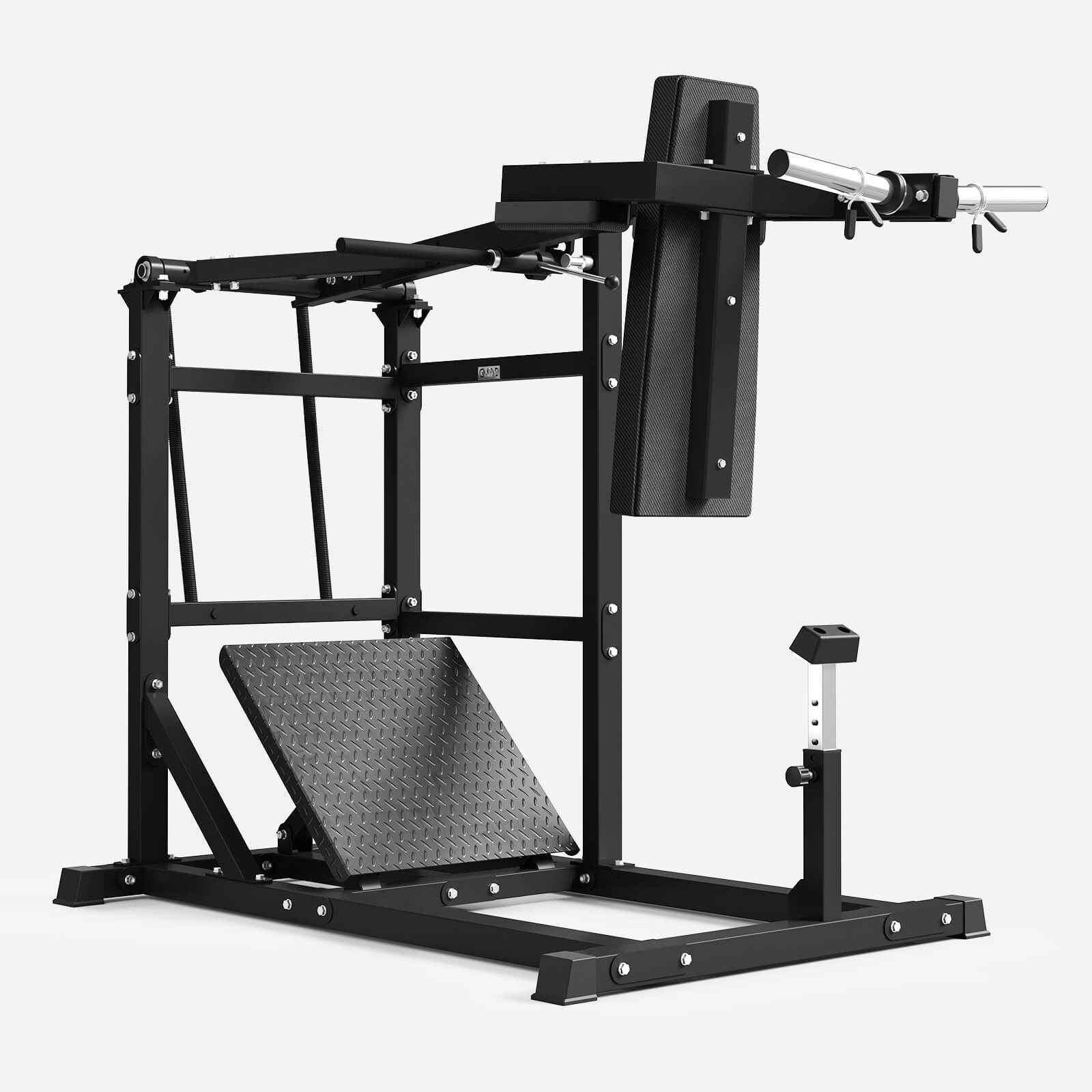
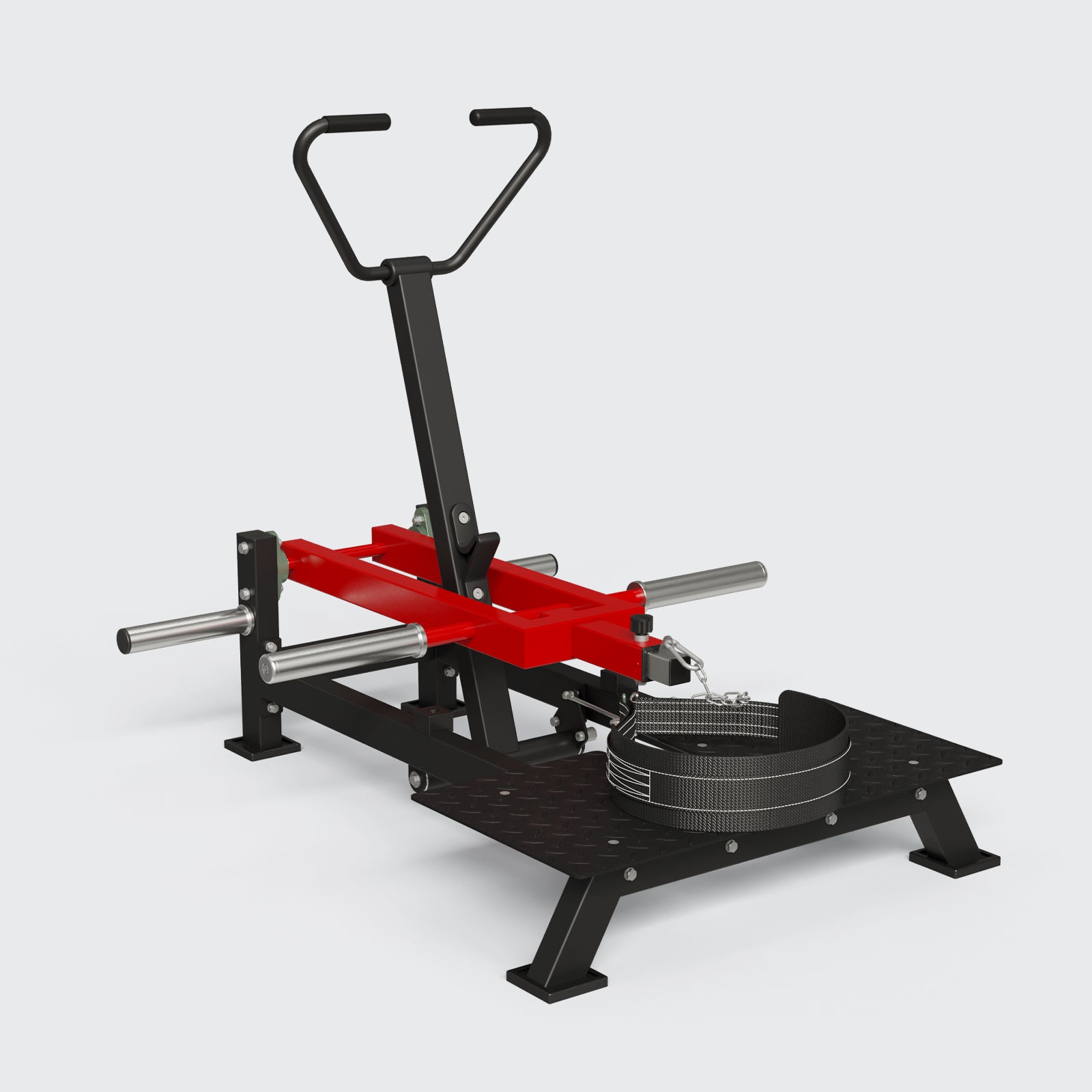
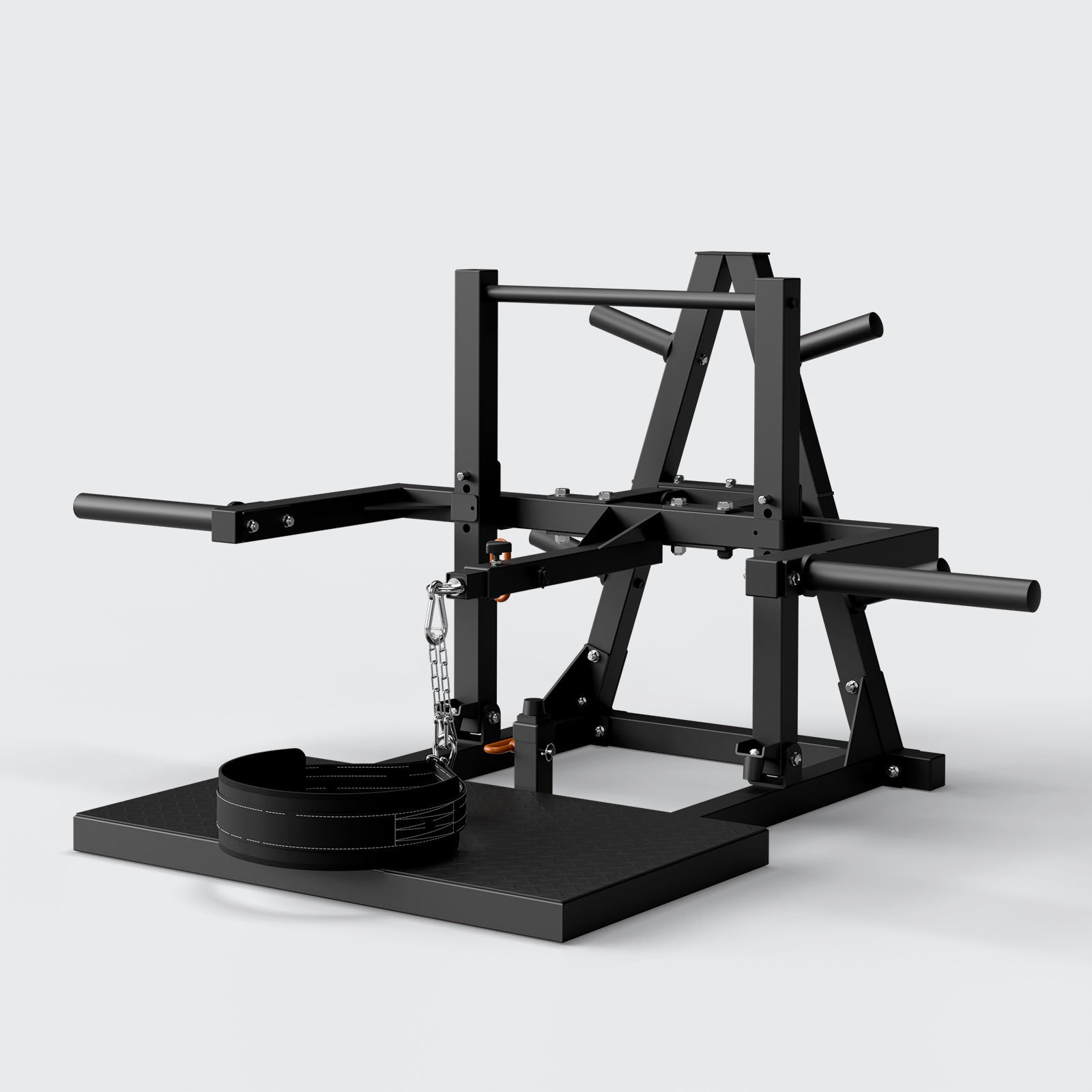

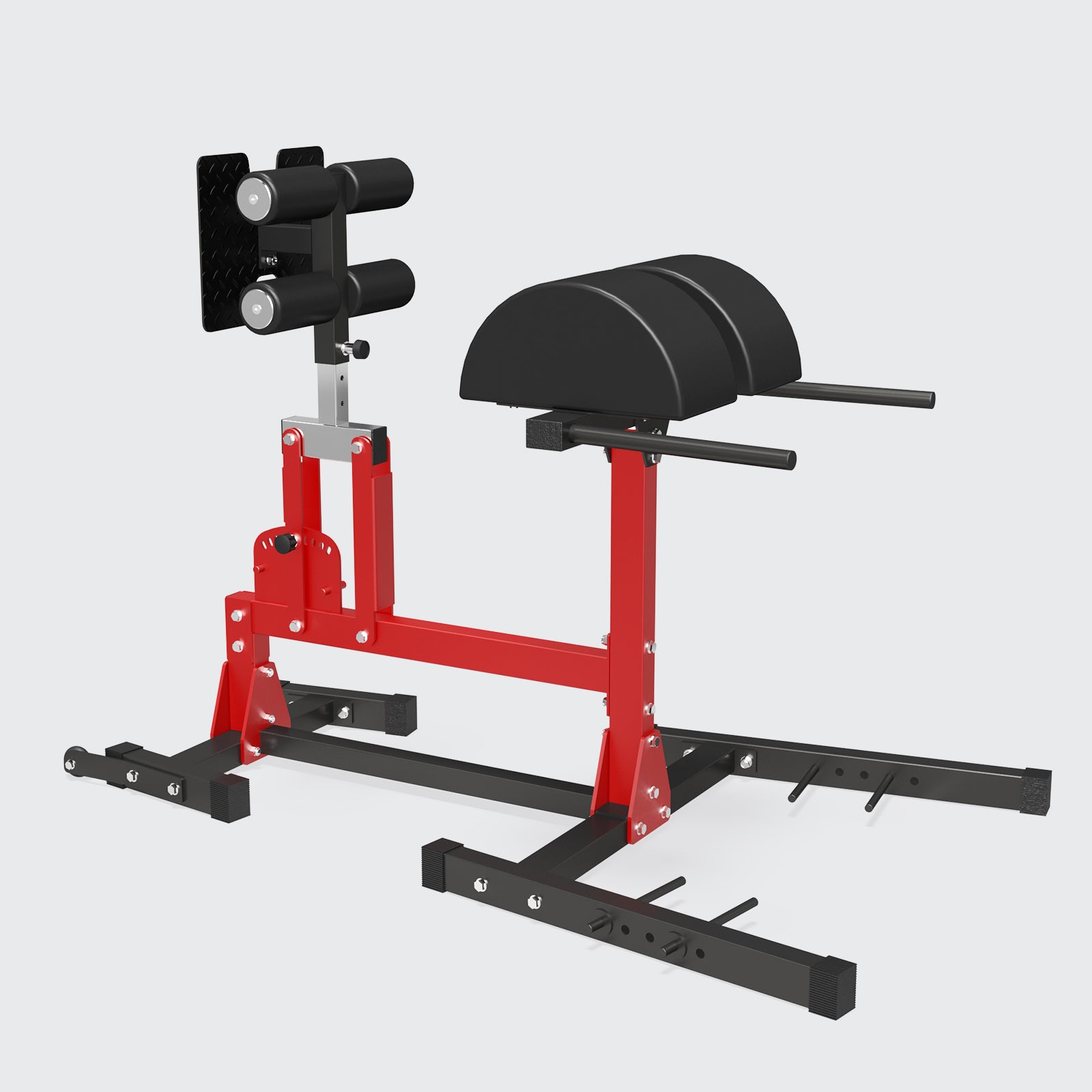
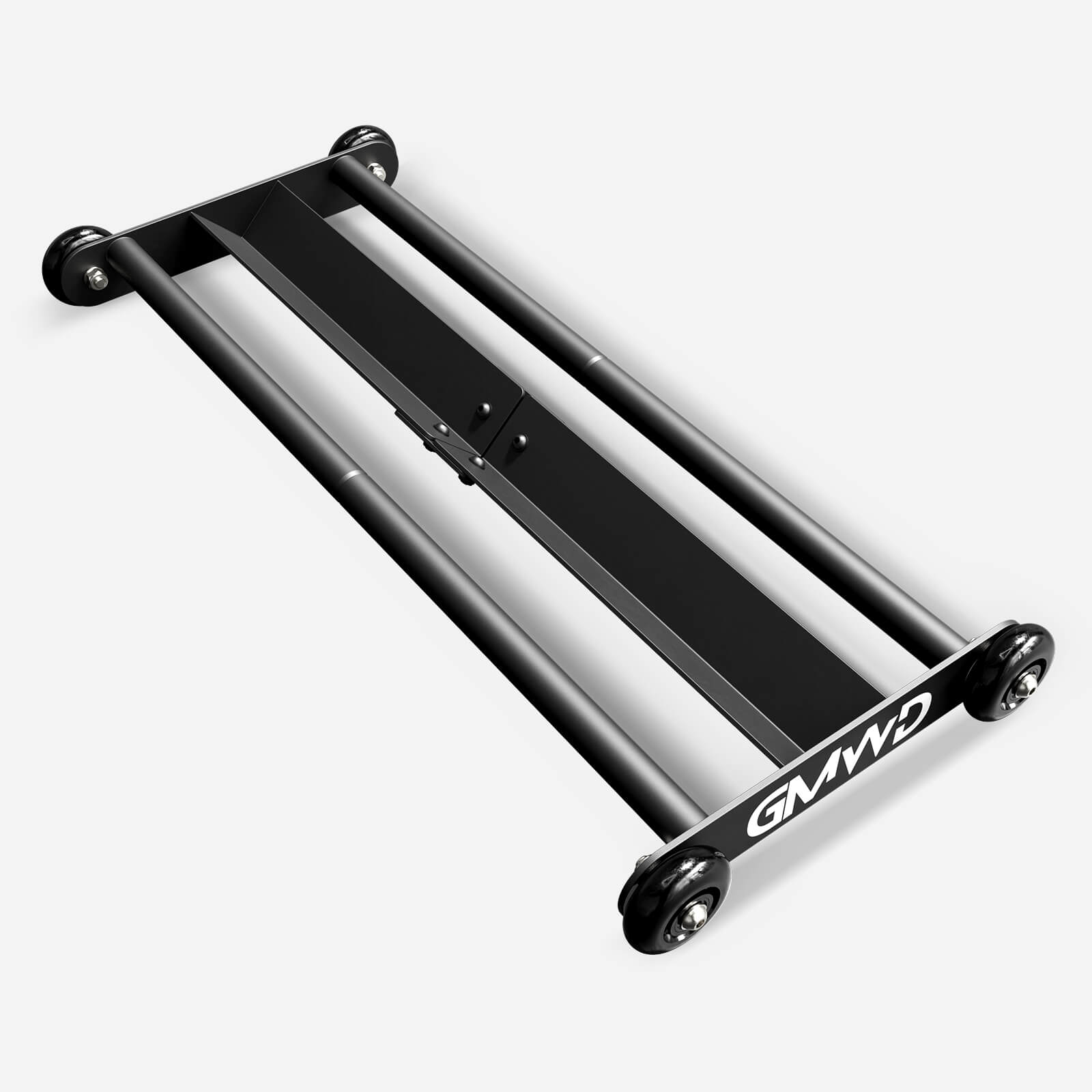
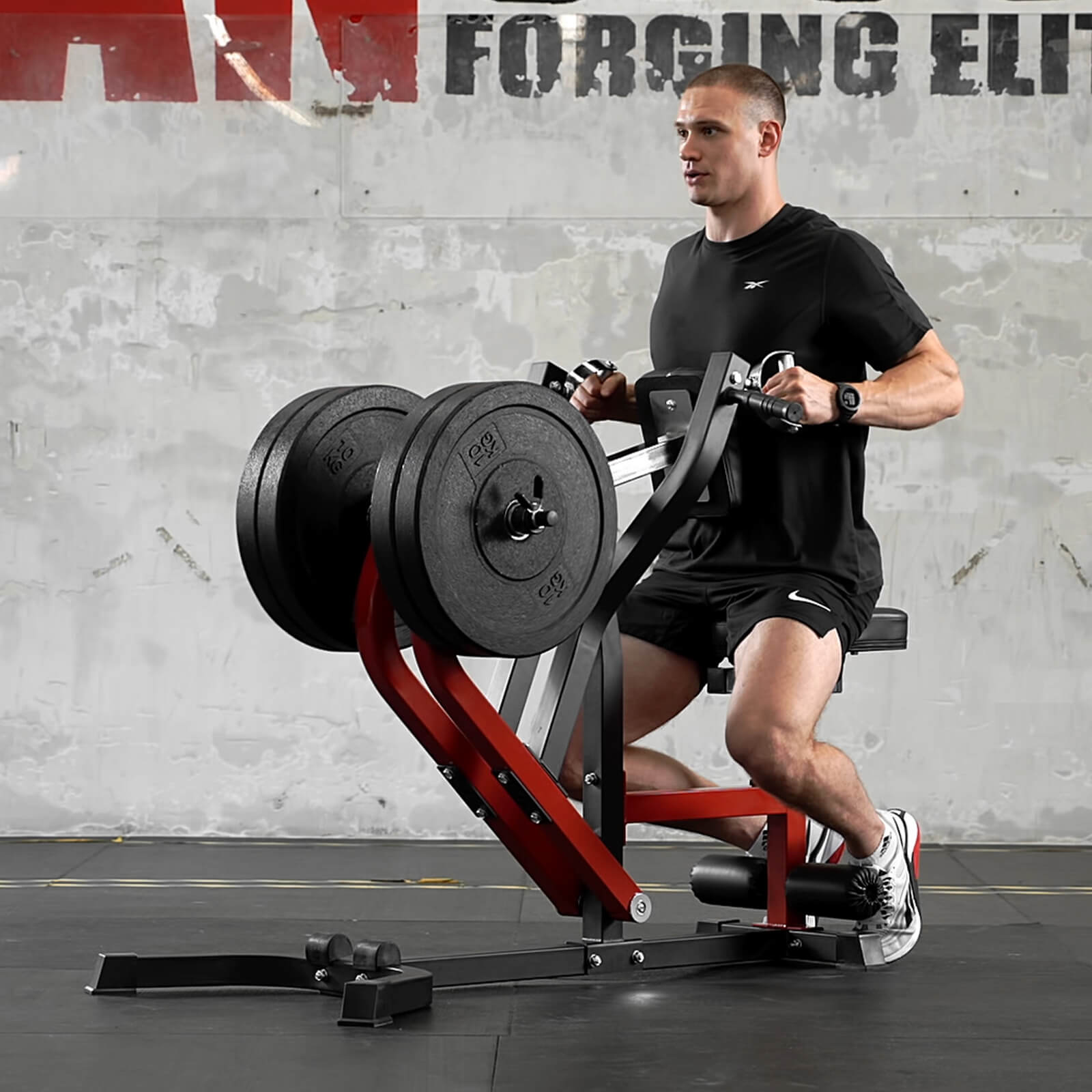
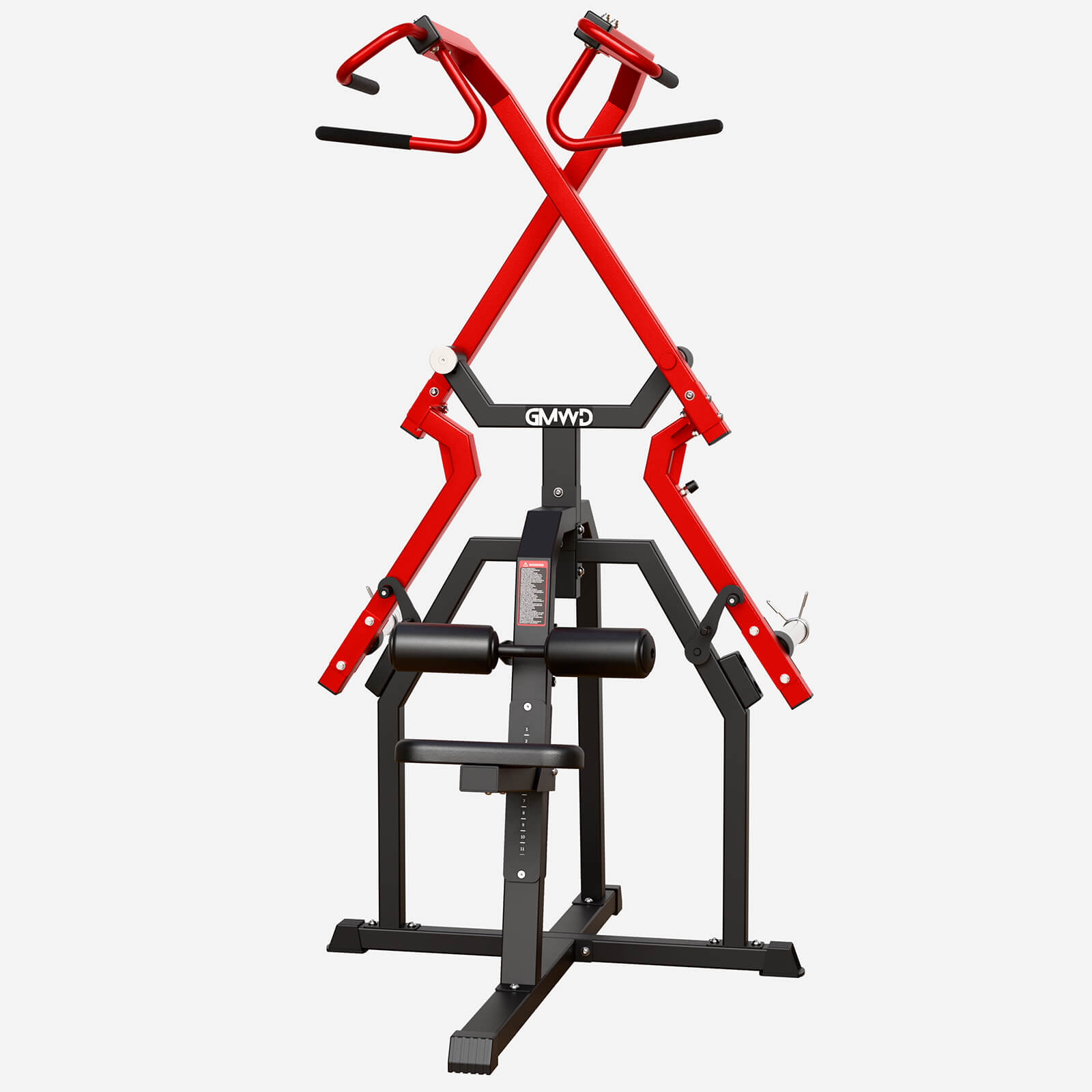
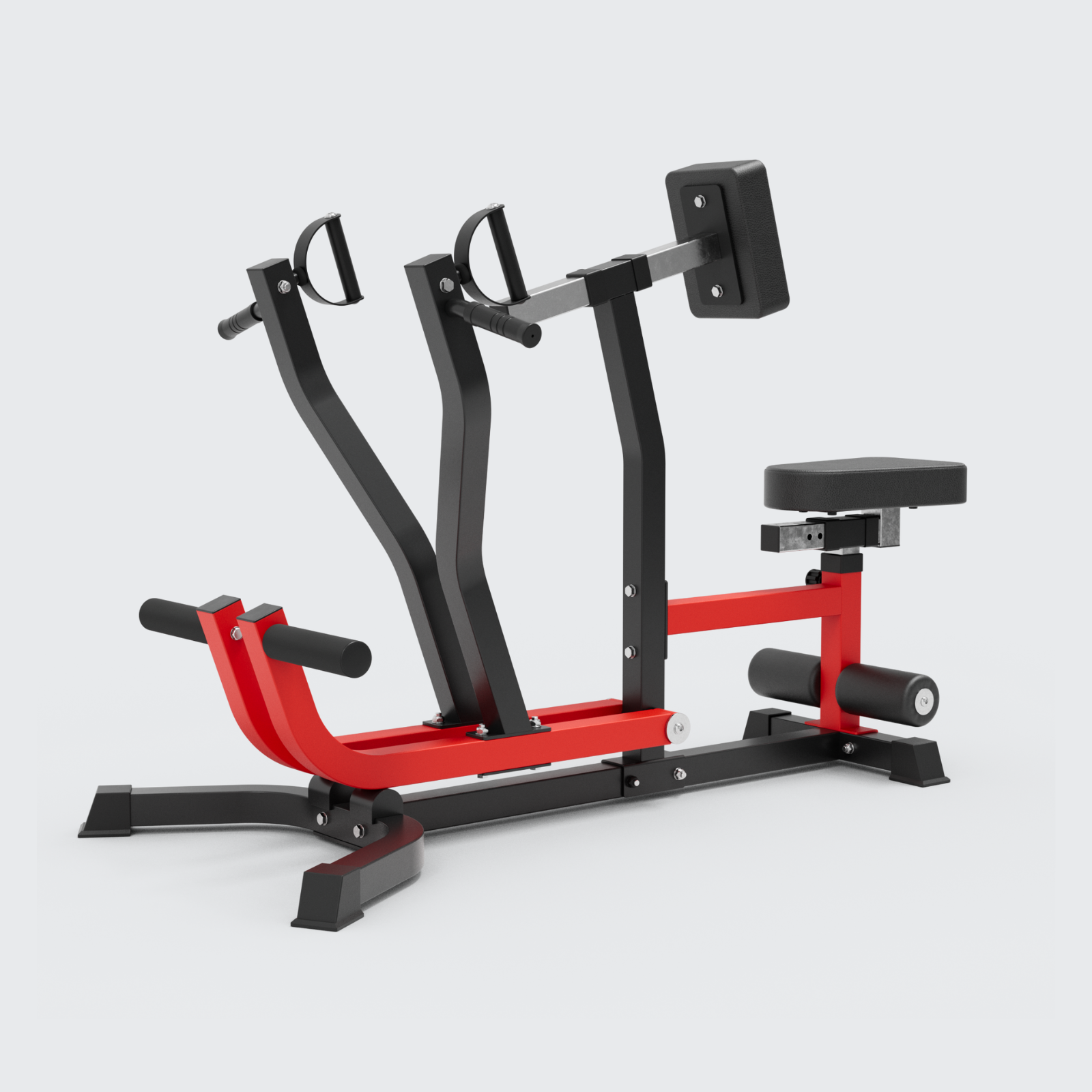
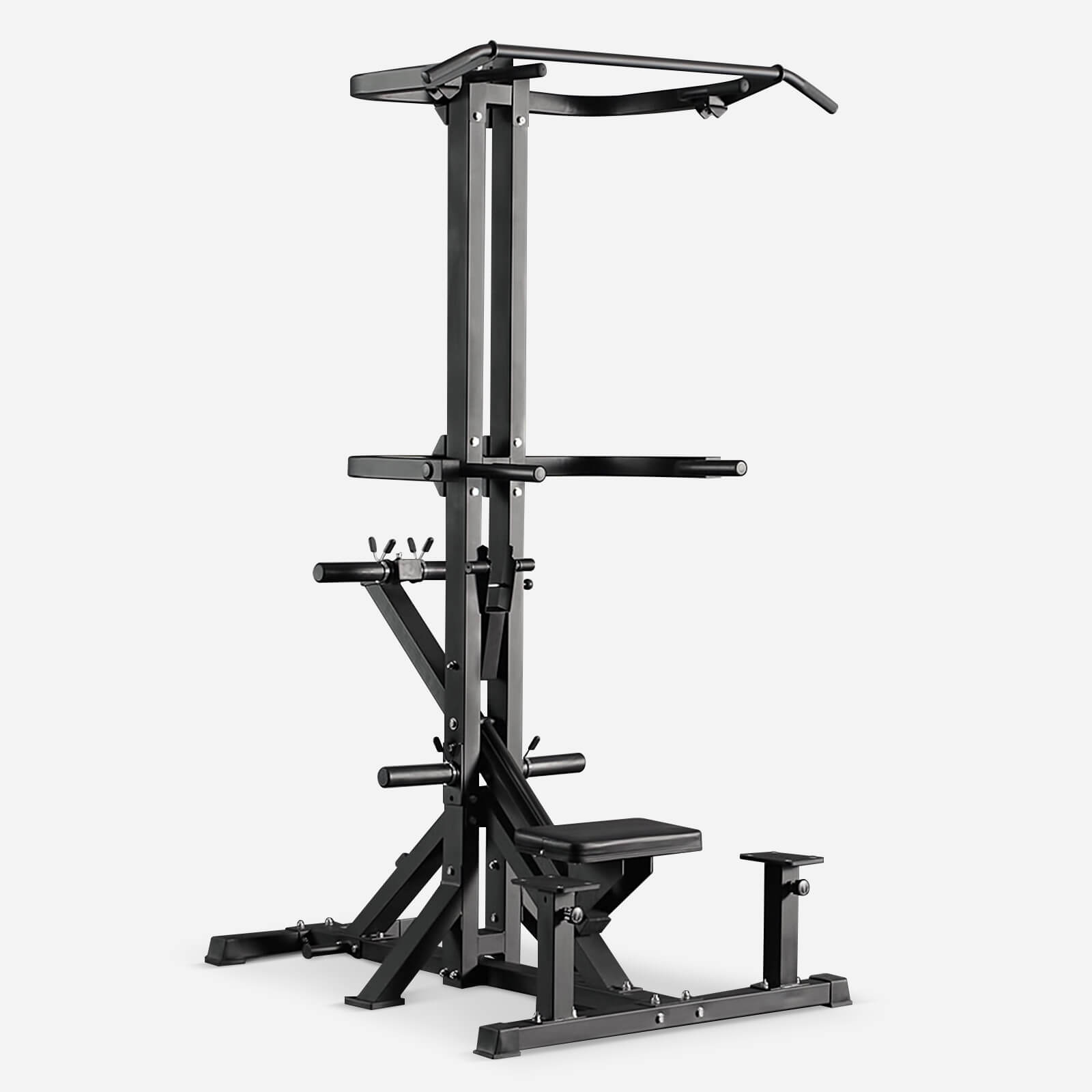

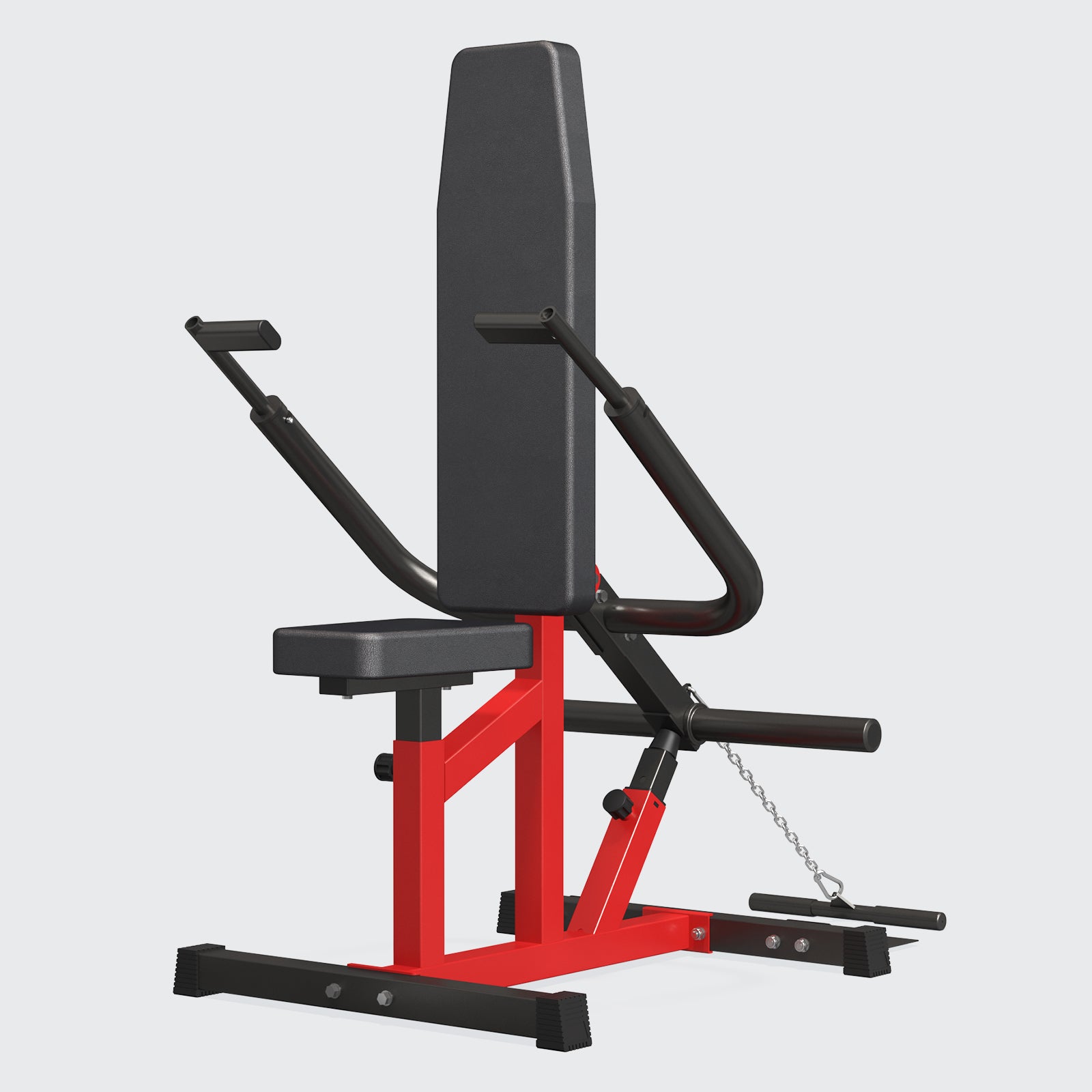
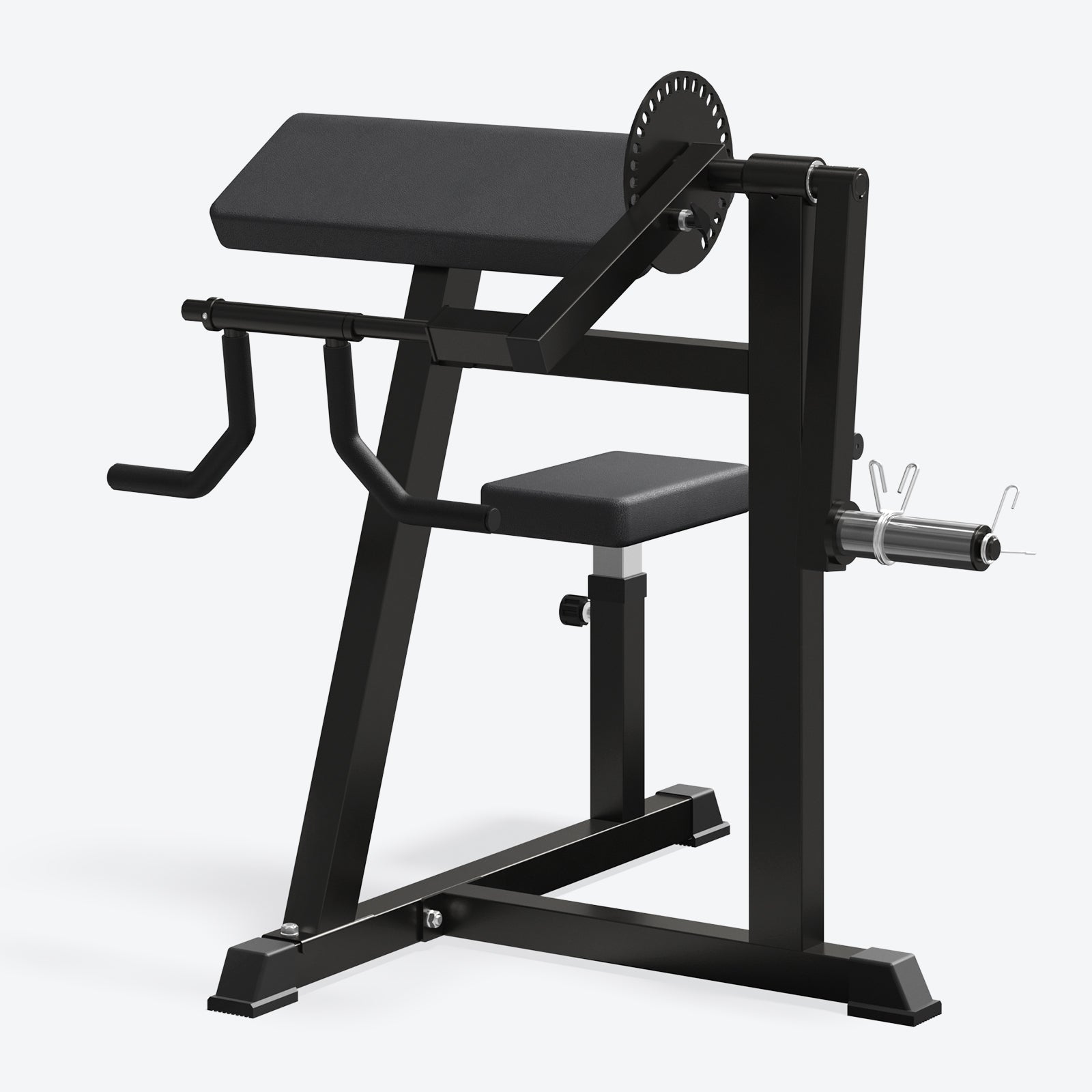
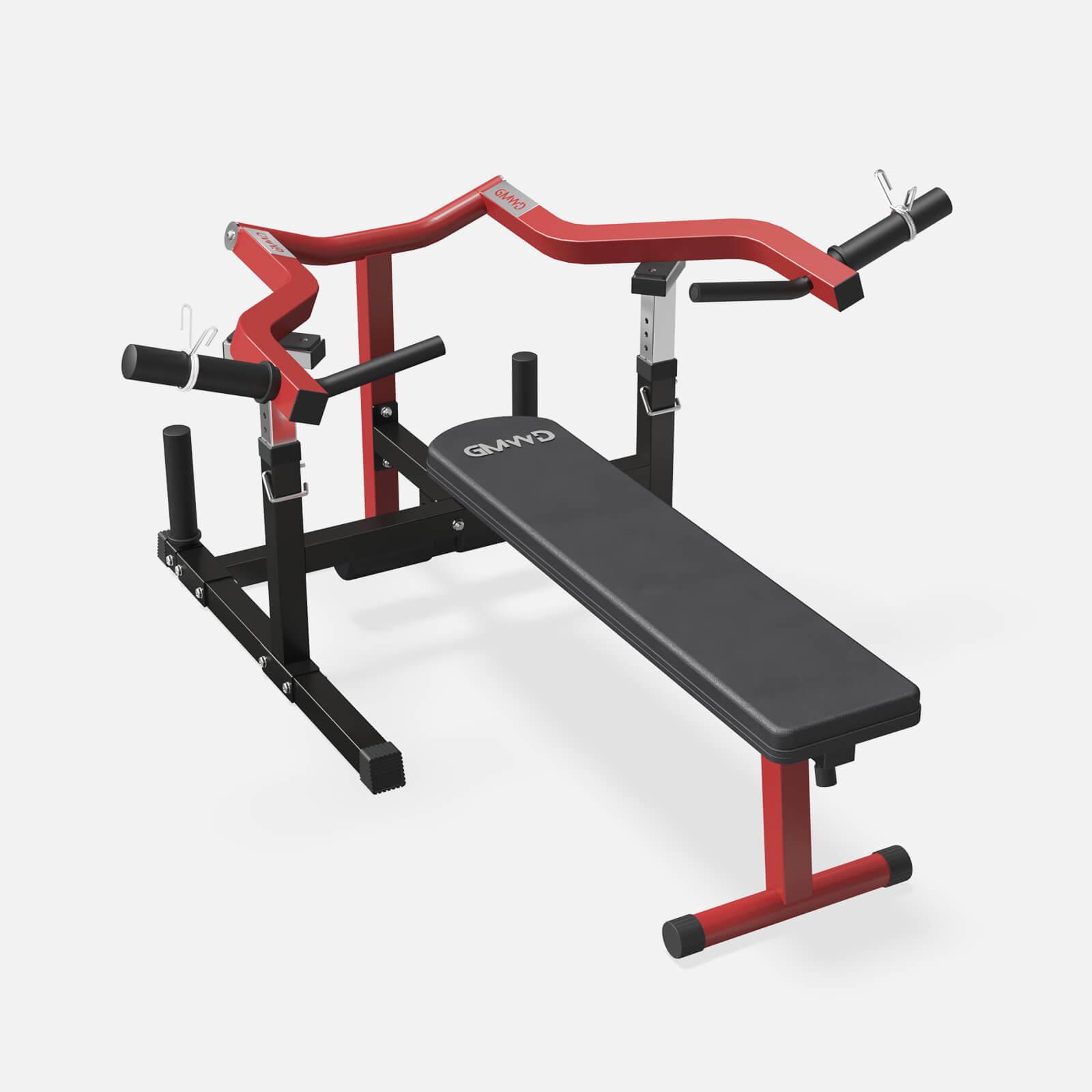
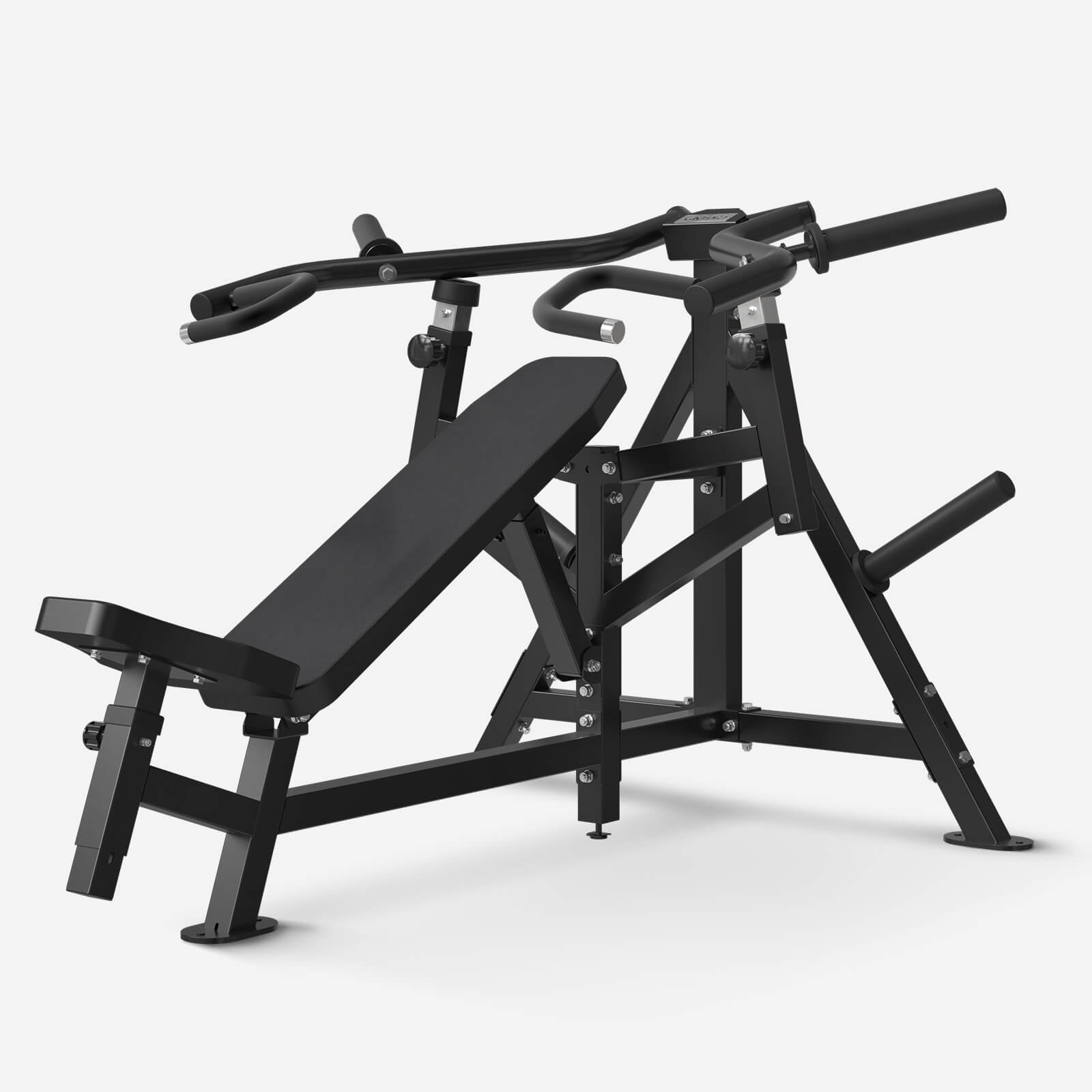
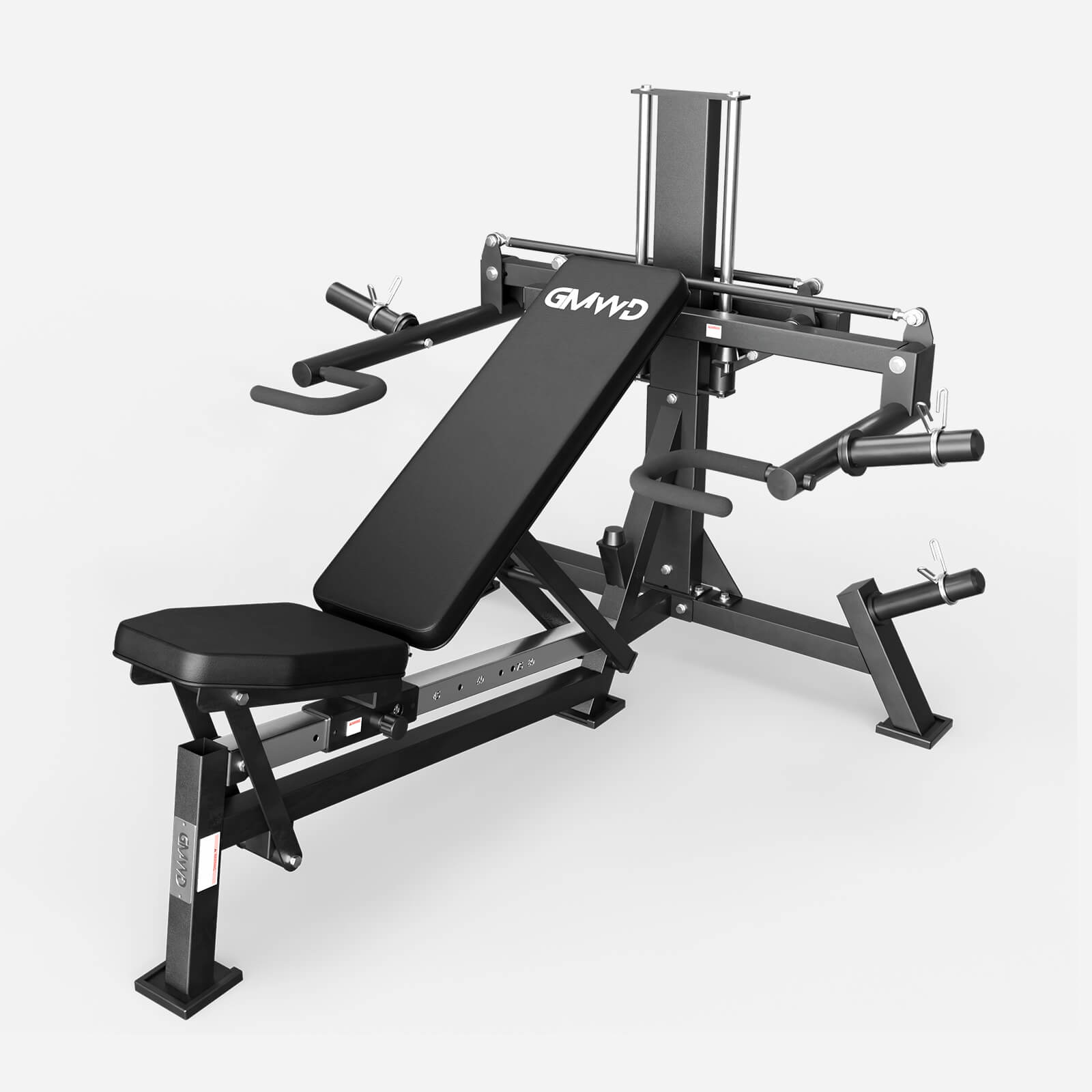
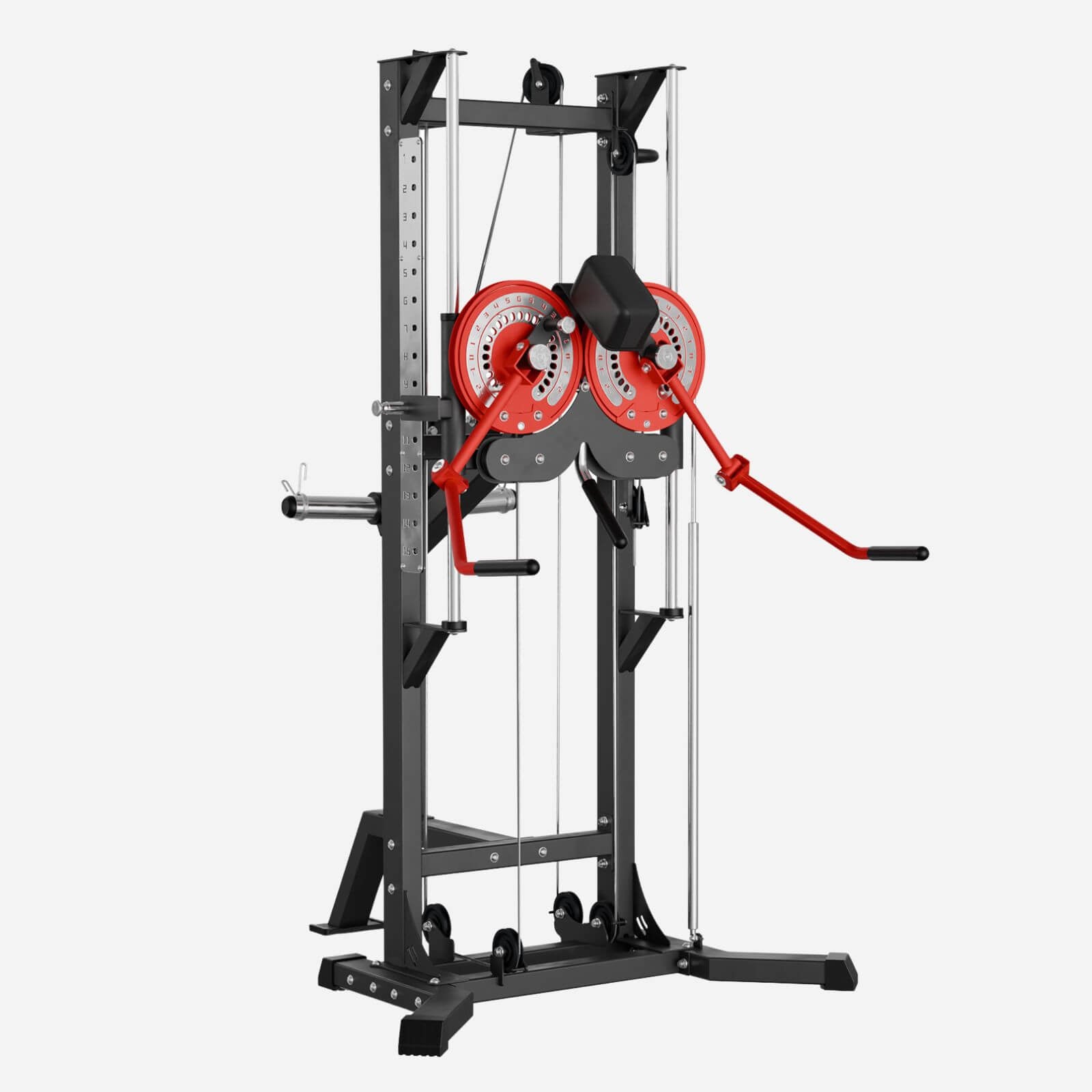
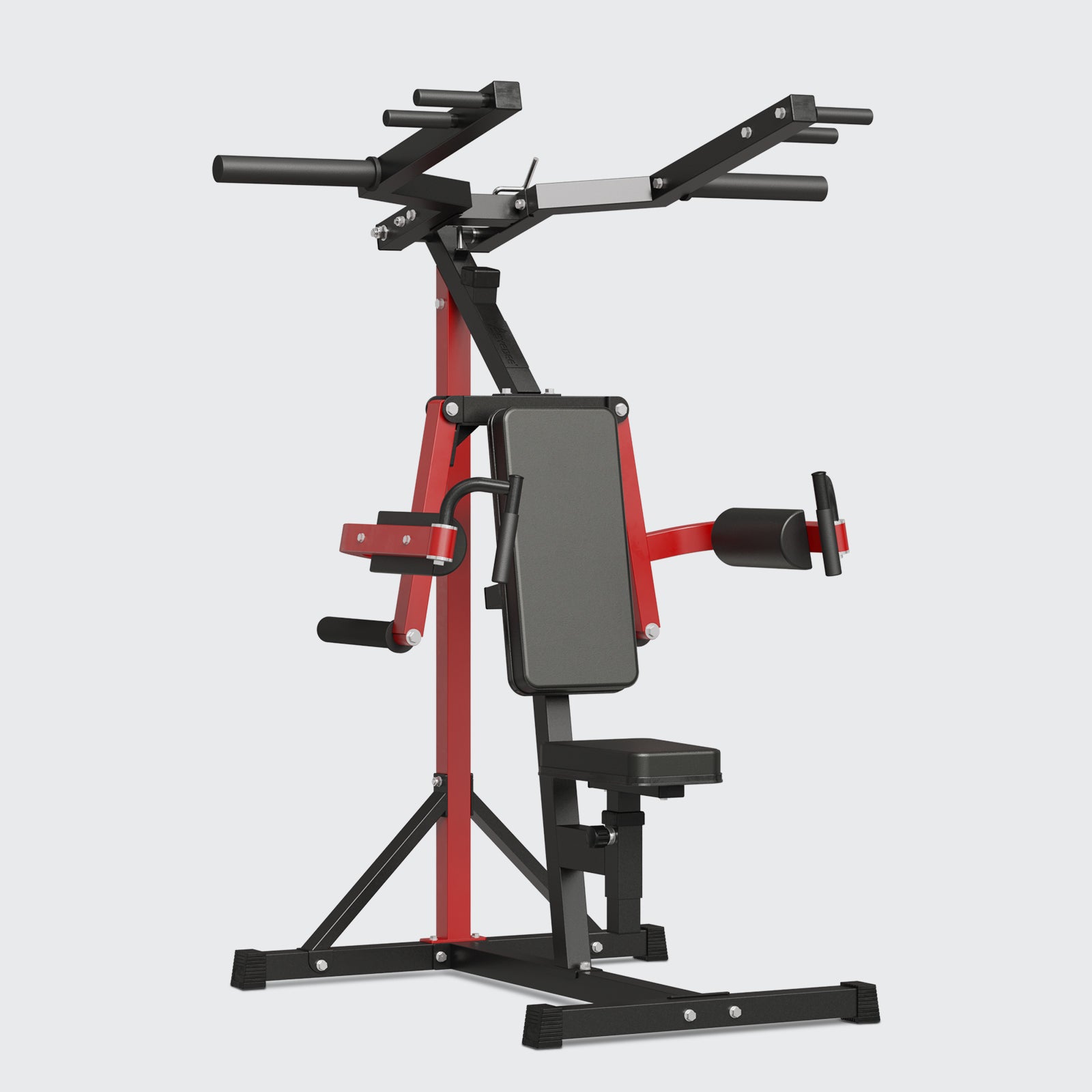
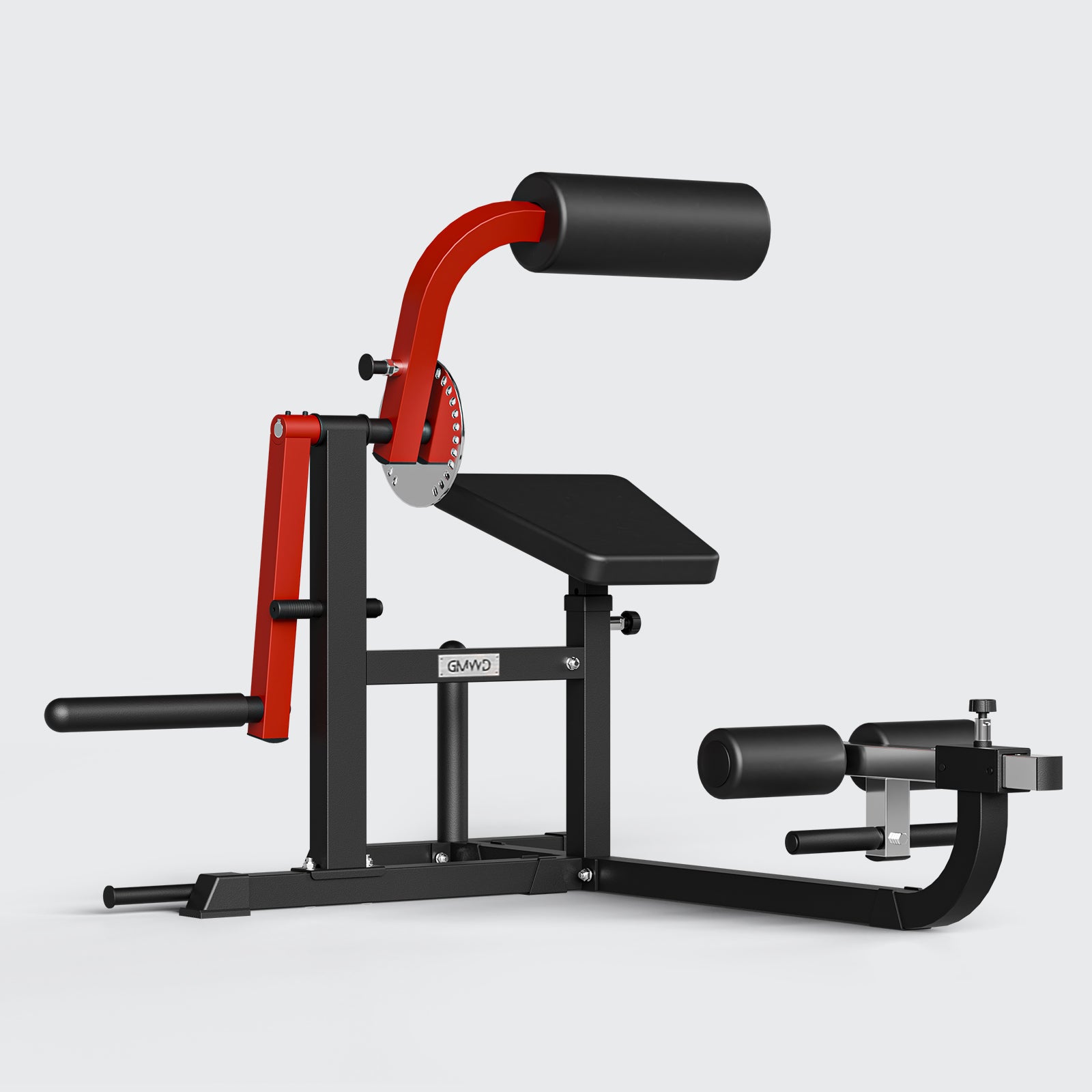
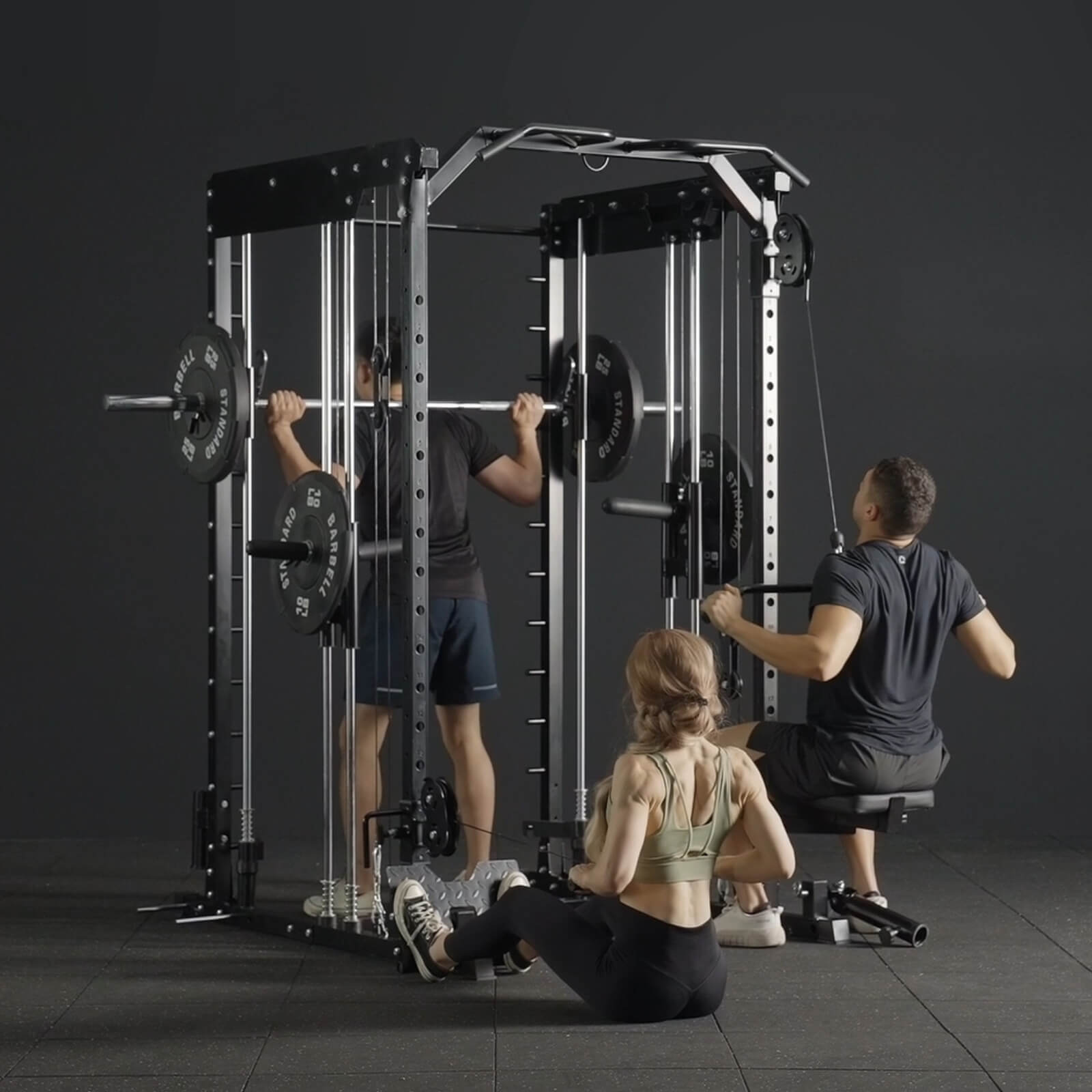
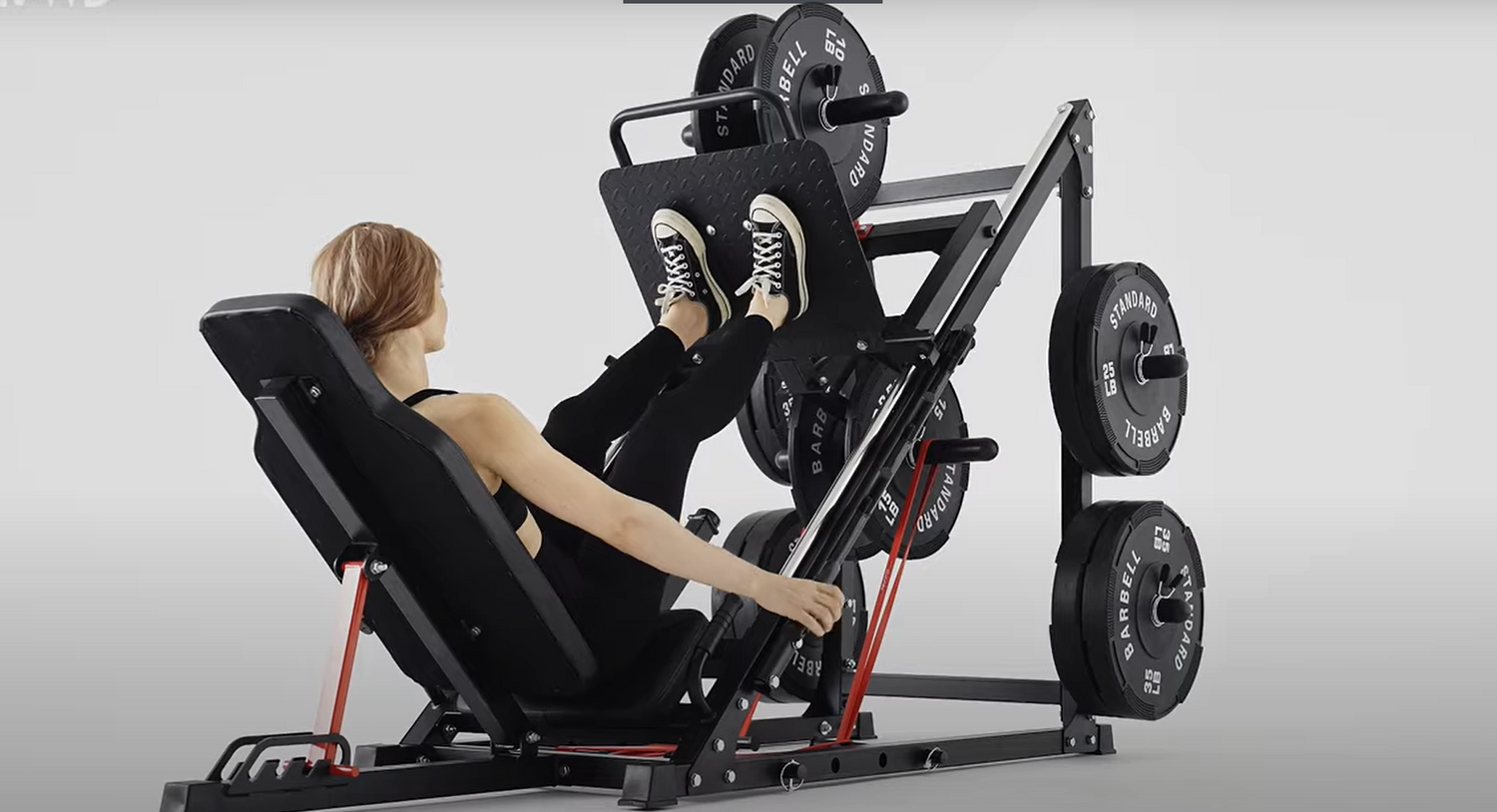
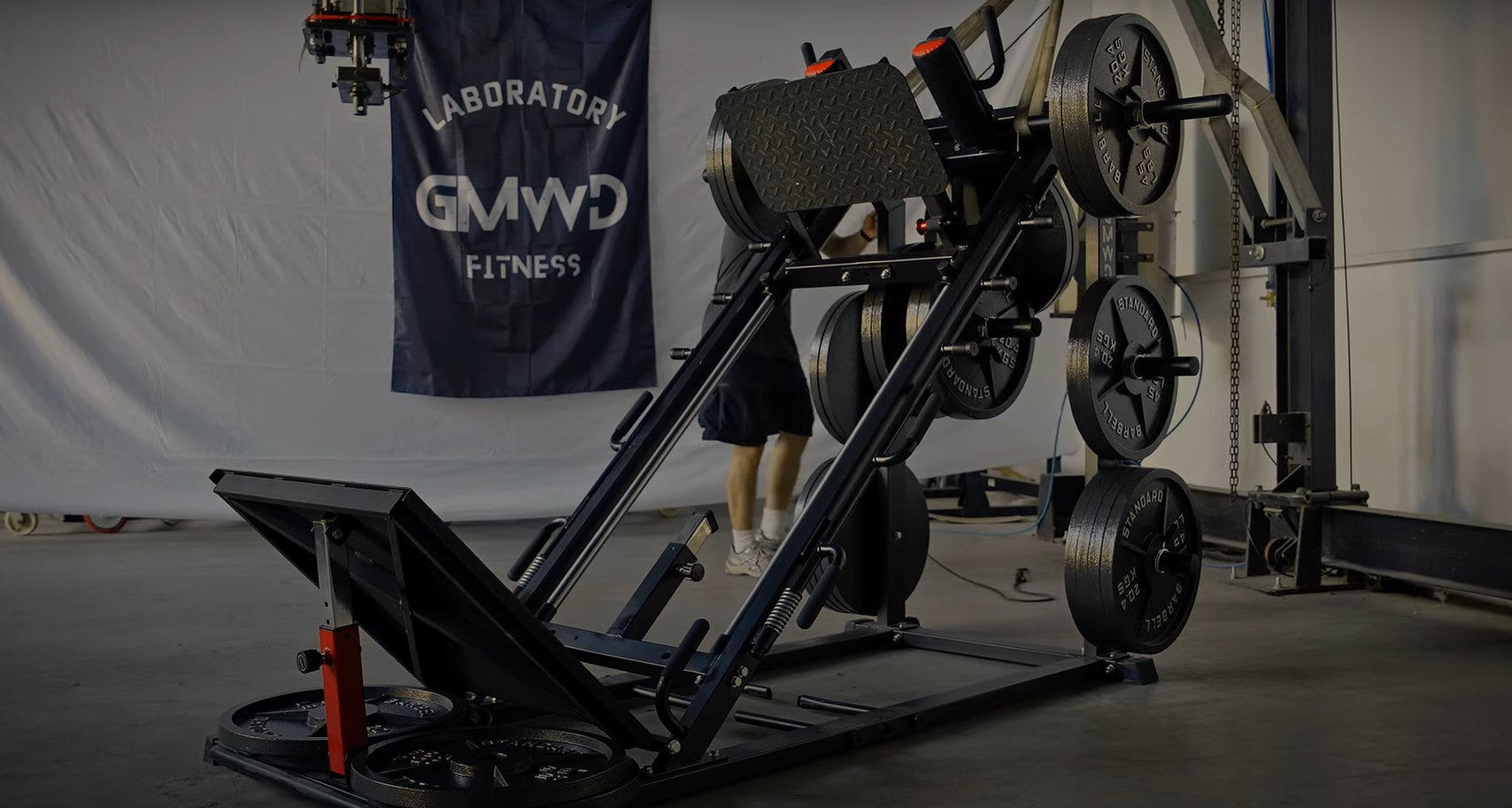
Leave a comment
All comments are moderated before being published.
This site is protected by hCaptcha and the hCaptcha Privacy Policy and Terms of Service apply.